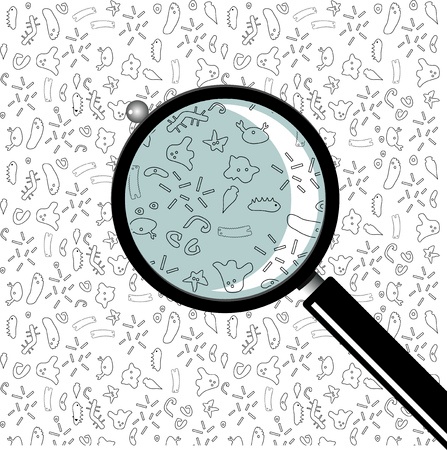Tecan uses cookies to improve our website. By continuing to browse our website, you accept our cookie policy.
Tecan uses cookies to improve our website. By continuing to browse our website, you accept our cookie policy.

By Severin Heynen
Maintaining control over sterility is critical to success in many academic and clinical research applications, including microbiological assays, biobanking, and handling cells.

Sterile pipette tips are free from living organisms.
Microbial contamination can lead to costly delays due to failed or erroneous results and laborious troubleshooting. Contamination can be a result of laboratory practices and environment, or contaminated liquid media and consumables such as disposable pipette tips. Could your application be compromised by non-sterile pipette tips?
While it is possible to sterilize manual pipette tips by autoclaving, this may not be possible for pipette tips for most automated liquid handling platforms. Sterilizing pipette tips in the lab may run the risk of changing the liquid handling performance and can thereby introduce variation into experimental results. The overwhelming majority of users, especially in high throughput labs, therefore use tips that are supplied sterile, but are the pipette tips actually sterile when they reach your lab bench?
To ensure the absence of living contaminants, you need to pay special attention to the stated quality of the consumables you are using. It might say ‘pre-sterile’ on the shipping label, but this only means that the product was sterile leaving the manufacturer. The manufacturer has no responsibility after that. Using ‘pre sterile’ tips carries with it the risk of contaminating experiments involving an automated liquid handling system.
To minimize the risk of contamination, use only consumables that are labeled ‘sterile’. This means they are manufactured sterile, for example by conforming to ISO 11137, and also conform to packaging and transport norms (e.g. ISO 11607 and ISTA 2A) that ensure sterility is maintained all the way to your laboratory. Added to that, ensure that the tips you use are certified free of any other contaminants that are relevant to your application.
In the next article in this series, we will look into sterility levels of pipette tips in more detail.

Dr. Severin Heynen joined Tecan in 2015 as a product manager responsible for the disposable tip consumables. In his PhD studies at the University of Zurich, he mainly used biochemical and molecular biology techniques to study the mechanisms of retinal degenerative diseases.